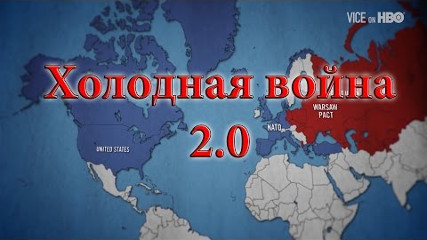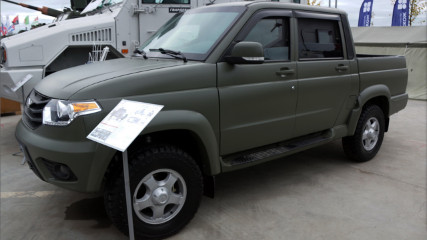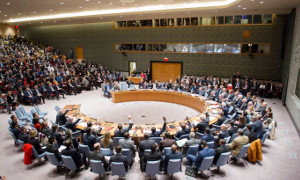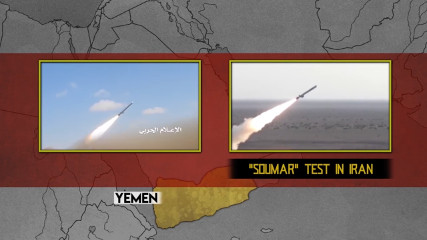Причины конфликта между Россией и НАТО
- https://www.youtube.com/watch?v=XNBlJzenx3M">
Причины конфликта между Россией и НАТО в 2018 году.
История и причины обострения конфликта между Россией и НАТО в 2018 году.
Авторский перевод Романа Попова видео проекта SouthFront.

За последние несколько месяцев страны-члены НАТО резко нарастили свое давление на Россию. Евроатлантический альянс закрепляет образ России в качестве ярого врага. Подобный враг полезен для оправдания собственной рискованной внешней и внутренней политики.
Данная ситуация уже привела к значительному ухудшению отношений между двумя сторонами и нивелированию механизмов по разрешению конфликтов по типу Совбеза ООН и ОЗХО.
Наиболее тревожным результатом данных действия является эскалация военного противостояния между НАТО и Россией в районе Черного моря и в Восточной Европе в целом. Страны-члены НАТО нарастили свою активность в воздушном пространстве и количество сухопутных учений возле российских границ.
Одно из заметных событий данного противостояния произошло 23 августа, когда с авиабазы им. Михаила Когэлничану возле румынского города Констанца были подняты в воздух британские истребители, которые должны были перехватить российский самолет-амфибию Бе-12, шедший над Черным морем из Крыма. Ранее до этого, 21 августа, 2 британских истребителя Тайфун с той же румынской авиабазы были подняты в воздух для перехвата, предположительно, 2х российских истребителей Су-30, шедших из Крыма. 13 августа британские истребители перехватили российский Су-24 над Черным морем.
По словам британской сторны, данные перехваты были осуществлены для «сдерживания российской агрессии» в рамках операции НАТО «Усиленное воздушное патрулирование». В каждом из данных случаев российские самолеты находились вдалеке от какой-либо из частей воздушного пространства НАТО. 25 августа посольство РФ в Великобритании назвало данные действия «опасными и провокационными».
Между тем, в Польше и Прибалтике – в непосредственной близости от границ России – прошел ряд учений НАТО. Наиболее крупными за лето 2018 года стали следующие учения:
- Удар сабли (Saber Strike) 2018. Проходили в Польше и Прибалтике, участвовали 18 000 военнослужащих из 19 стран.
- Мгновенный ответ (Swift Response). Проходили на территории Германии, Польши, Литвы и Латвии, участвовали тысячи солдат из 10 стран.
- Учения ВМС «Операции в Прибалтике 2018» (Baltic Operations 2018) - участвовали порядка 5 000 военнослужащих, 60 судов, 42 надводных кораблей и субмарин из 22 государств.
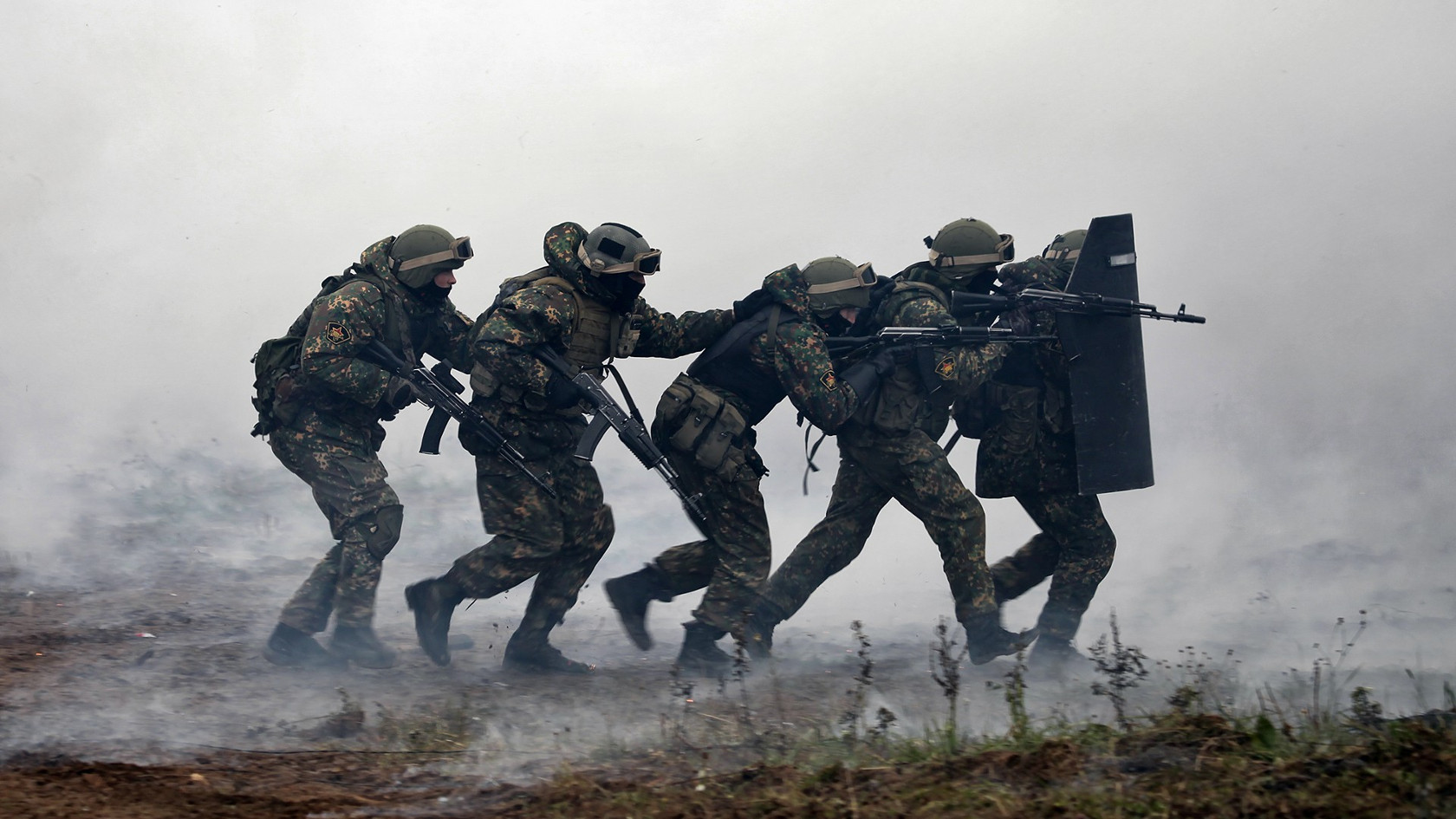
Кроме того, страны-члены НАТО во главе с США и Великобританией проводят крупномасштабную антироссийскую пропагандистскую кампанию, обвиняя Россию в провокациях – например, в полетах над нейтральным воздушным пространством Черного моря, применения в Европе химоружия – инциденты в Солсбери и Эймсбери – а также во вмешательстве во внутреннюю политику США и европейских стран различными способами. С учетом проводимой антироссийской кампании, военные учения России, которые она проводит на своей территории, характеризуются как признаки агрессивного и неконструктивного поведения. Все попытки российской стороны призвать к здравому смыслу характеризуются дипломатами и СМИ евроатлантического альянса в качестве пропаганды.
Более того, крупные СМИ и руководство НАТО постоянно подпитывают военную истерию среди военнослужащих стран-членов блока. По словам экспертов, текущий уровень антироссийской пропаганды достиг уровня самых напряженных дней Холодной Войны и в чем-то его даже превзошел.
Текущая конфликтная ситуация, а также продолжающиеся попытки стран-членов НАТО оказывать давление на Россию военными методами приводят к росту вероятности возникновения инцидентов с участием 2х сторон. По самым пессимистичным прогнозам, данные инциденты могут привести к потерям с обеих сторон, локальным столкновениям и, в случае отсутствия механизма деэскалации напряженности, к открытому конфликту.
Данный подход подвергает прямой угрозе страны Восточной Европы, которые невольно втянуты в столь опасную игру.
Еще одним важным фактом является недавнее изменение российской военной доктрины. Ранее российская военная доктрина, так же как и советская, допускала применения ядерного оружия исключительно в ответ на акт агрессии в виде ядерного удара со стороны противника. Новая российская военная доктрина позволяет применять ядерное оружие в качестве оборонительной меры в случае неядерного удара по ее территории.
WHO IS INSTIGATING HOT WAR BETWEEN NATO AND RUSSIA?
Over the past few months NATO member states have sharply increased their pressure on Russia. The Euro-Atlantic establishment is strengthening the image of Russia as a fierce enemy. It is very useful to have such a foe to justify your own reckless foreign and domestic policy.
The situation has already led to a recognizable deterioration of the relations between the two sides undermining problem-solving mechanisms, like the UN Security Council or the OPCW.

The most alarming result of these actions is a growing military escalation between NATO and Russia in the Black Sea region and in Eastern Europe overall. NATO member states have increased their airspace activity and the number of ground military exercises near Russia’s border.
A notable development of this escalation happened on August 23 when British jets launched from the Mihail Kogalniceanu Air Base near the Romanian city of Constanta aiming to intercept a Russian Be-12 maritime patrol aircraft heading over the Black Sea from Crimea. Earlier, on August 21, two British Typhoon jets from the same Romanian air base scrambled to intercept two alleged Russian Su-30 flanker aircraft launched from Crimea. On August 13, British jets intercepted Russian Su-24 warplanes over the Black Sea.
According to the British side, these interceptions were carried out “to deter Russian aggression” in the framework of “the NATO Enhanced Air Policing (EAP) mission”. In all these cases, the Russian jets were far away from any part of what could be described as NATO airspace. On August 25, the Russian embassy in the UK described these actions as “reckless and provocative”.
Meanwhile, multiple NATO exercises took place in Poland and the Baltic States in close proximity to the Russian border. During summer 2018, the most notable of these were:
Saber Strike 18 took place in Poland and the Baltic States and involved 18,000 troops from 19 countries.
Swift Response 2018 was staged across Germany, Poland, Lithuania and Latvia and involved thousands of soldiers from 10 different states.
The naval drill Baltic Operations 2018 involved about 5,000 personnel, 60 aircraft and 42 ships and a submarine from 22 nations.
Additionally, NATO member states, led by the US and the UK, are carrying out a large-scale anti-Russian propaganda campaign accusing Russia of provocations – for example patrols in neutral airspace over the Black Sea, employing “chemical weapons” in Europe – the Salisbury and Amesbury cases, and intervening into European and US internal politics by various means. In the framework of this narrative, Russian military drills, which it carries out within its own territory, are described as signs of aggressive and obstructive behavior. All attempts by the Russian side to appeal to the voice of reason are denounced by the Euro-Atlantic diplomats and the MSM as propaganda.
Furthermore, the MSM and the NATO leadership are consistently fueling military hysteria among servicemen of the military bloc’s member states. According to experts, the current level of anti-Russian propaganda has reached that of the hottest days of the Cold War and in some cases even exceeded it.
The current tense situation as well as continued attempts by NATO member states to pressure Russia by military means contribute to the increased probability of incidents involving the two sides. In a worst-case scenario, these military incidents could lead to deaths on both sides, local hostilities and, if a de-escalation mechanism is not developed, to an open conflict.
This approach poses a direct security threat to Eastern Europe nations unwittingly involved in this dangerous game.
Another important fact is that recently Russia has changed its military doctrine. Earlier, the Russian military doctrine, as well as the Soviet one, was to allow the use of nuclear weapons only in response to an aggressive attack by nuclear strike carried out by the enemy. The modern Russian military doctrine allows the use of nuclear weapons as a defensive measure in case of a conventional attack on its territory.
Russia has the world’s second most powerful military, but its ground forces are still outmatched by the combined ground forces of NATO. This factor also contributes to the possibility of a nuclear response by Russia if a fully-fledged war starts. The question appears to be what do the US and British elites hope to achieve by fueling anti-Russian militarism?
Could it be that their goal is to provoke a big regional conflict in continental Europe? Indeed, this would allow them to achieve several goals. On the one hand, they would draw Moscow into a large-scale conflict far away from their own borders and put Russia in a situation where it could suffer irreparable damage. On the other hand, the same kind of irreversible damage would be caused to the continental industrial complex and the European economy in general.




